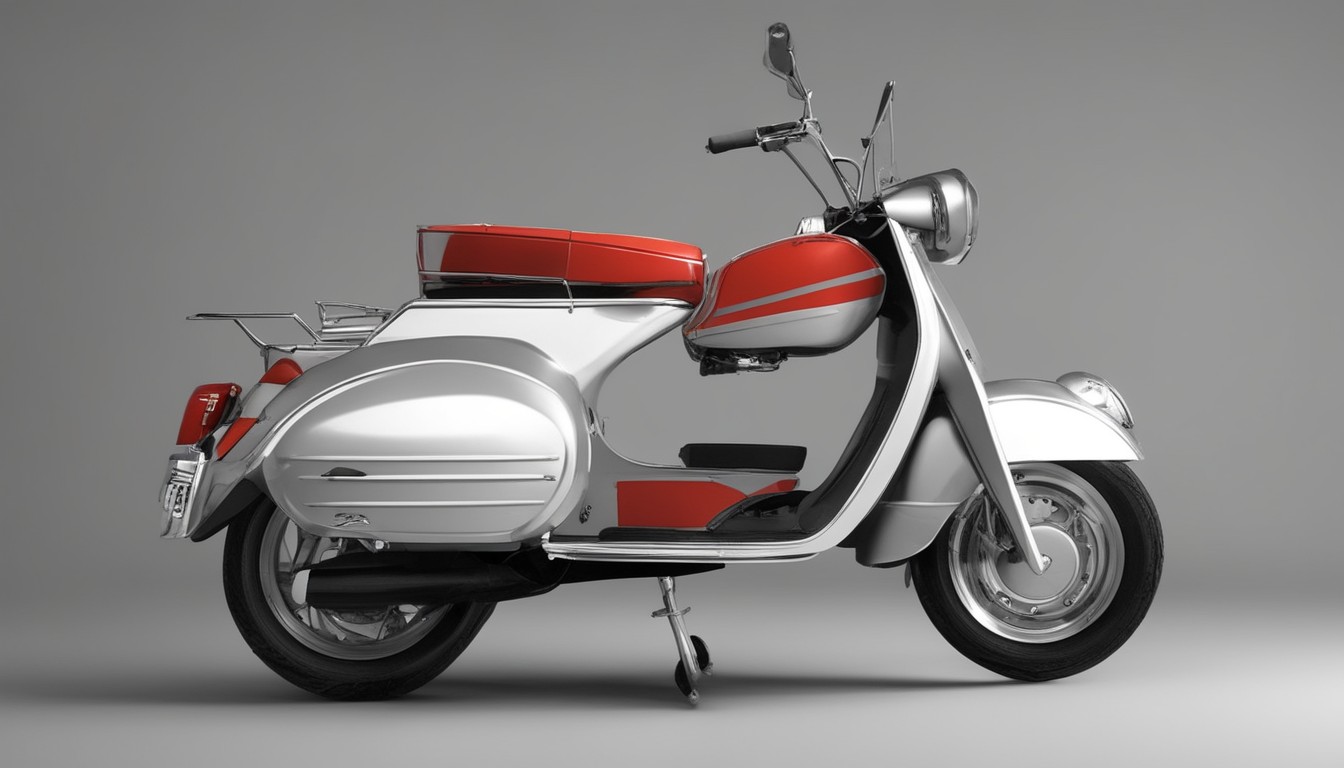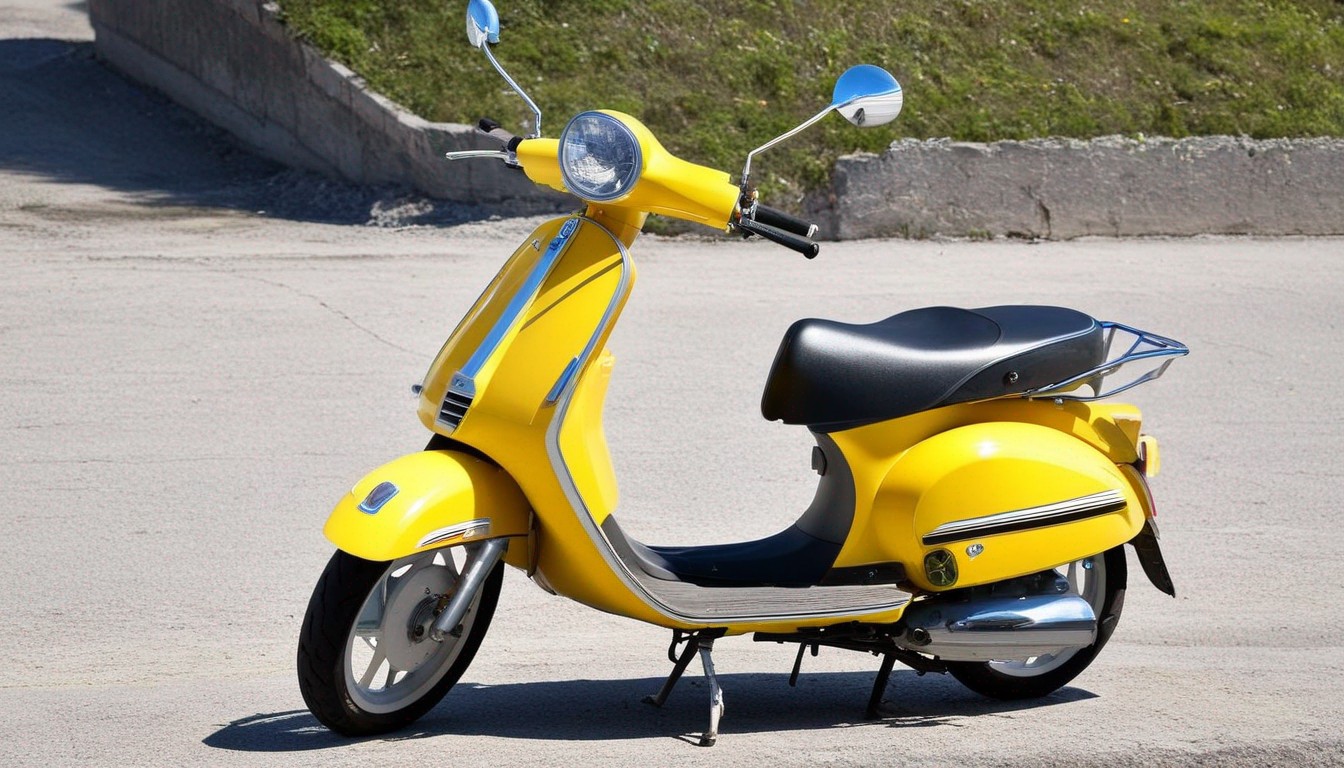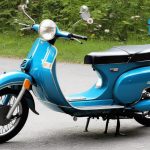A moped is a two-wheeled motor vehicle that has a top speed of no more than 40 miles per hour. Mopeds are powered by a small engine, typically between 50 and 150 cubic centimeters. They are also equipped with pedals, so they can also be powered by human power.
Mopeds are popular vehicles for commuting and short trips. They are also a good option for people who are new to riding motorcycles. Mopeds are relatively easy to operate and maintain, and they are more affordable than motorcycles.
From my experience, I know that starting a moped can sometimes be tricky. This is because mopeds have smaller engines than motorcycles, and they can be more difficult to start in cold weather. Additionally, mopeds often have carburetors, which can be sensitive to adjustments.
In this detailed guide on how to start a moped, I’ll tell you why starting a moped can be tricky, and what to do when a moped does not want to start.
The Reasons Why Starting a Moped Can Be Tricky
Mopeds are a popular form of transportation for many people, as they are relatively affordable, easy to operate, and fuel-efficient. However, starting a moped can sometimes be tricky, especially for new riders.
There are a few reasons for this, including:
Cold Weather
When the temperature drops, the engine oil becomes thicker and the air becomes denser. This can make it more difficult for the engine to turn over and start. To help start your moped in cold weather, you can use the choke. The choke enriches the air-fuel mixture, making it easier for the engine to start. Once the engine starts, release the choke lever gradually.
Carburetor Adjustments
If the carburetor is not adjusted correctly, it can cause the engine to run poorly or even refuse to start. To adjust the carburetor, you will need to consult the owner’s manual for your moped. The manual will provide instructions on how to adjust the carburetor for different weather conditions and fuel types.
Flooded Engine
If you give your moped too much gas when trying to start it, the engine can flood. This means that there is too much fuel in the engine and not enough air. A flooded engine will not start. To clear a flooded engine, you can try the following:
- Turn off the fuel valve.
- Hold the throttle lever wide open.
- Press the start button for a few seconds.
- Turn on the fuel valve and try to start the engine again.
If you are still having trouble starting your moped, it is best to take it to a qualified mechanic.
Other Factors
Other factors that can make it difficult to start a moped include:
- A dirty spark plug or air filter: A dirty spark plug or air filter can restrict airflow to the engine, making it difficult to start. To clean the spark plug, remove it and clean it with a wire brush. If the spark plug is damaged, replace it. To clean the air filter, remove it and clean it with a compressed air gun. If the air filter is damaged, replace it.
- Low fuel level: Make sure that you have enough fuel in your moped before trying to start it.
- Faulty starter motor: If the starter motor is faulty, it will not be able to turn over the engine. If you suspect that the starter motor is faulty, take your moped to a qualified mechanic for diagnosis and repair.
- Mechanical problems with the engine: If there are mechanical problems with the engine, it will not be able to start. If you suspect that there is a mechanical problem with the engine, take your moped to a qualified mechanic for diagnosis and repair.
How to Start a Moped in 5 Easy Steps
Starting a moped can be a daunting task, especially for new riders. However, with a little practice, it can be done quickly and easily. Here is a step-by-step guide on how to start a moped in 5 easy steps:
Step 1: Find a safe place to start your moped. This should be a flat, level surface away from traffic and other hazards. It is also a good idea to start your moped in a well-lit area so that you can see what you are doing.
Step 2: Get on your moped and sit comfortably. Place your feet on the footpegs and your hands on the handlebars. Make sure that you are sitting in a comfortable position, with your hands and feet in a comfortable reach of the controls. Squeeze the brake lever to keep the moped from moving.

Step 3: Turn the key to the “on” position. This will turn on the electrical system, including the headlights and taillights.
Step 4: Pull the choke lever all the way out. This will enrich the air-fuel mixture, making it easier to start the engine in cold weather. If the weather is warm, you may not need to use the choke.
Step 5: Press the start button and hold it until the engine starts. Once the engine starts, release the start button and push the choke lever back in gradually.
How to Kickstart a Moped?
Kickstarting a moped is necessary when the electric starter fails. This can happen for a number of reasons, such as a dead battery, a faulty starter motor, or a problem with the wiring. Kickstarting a moped can also be useful in cold weather, when the battery may not have enough power to start the engine.
Here are some specific situations where kickstarting a moped may be necessary:
- Your battery is dead.
- Your starter motor is faulty.
- There is a problem with the wiring between the battery and the starter motor.
- The engine is cold and the battery does not have enough power to start it.
- You are riding in a remote area and do not have access to a battery charger or jump start.
If you are unsure whether or not you need to kickstart your moped, it is always best to err on the side of caution and kickstart it. This will ensure that you are able to start your moped and get on your way.
Here are some tips for kickstarting a moped:
Step 1: Find a flat, level surface to start your moped. At this point, you should keep the rear brake engaged.
Step 2: Sit on the moped and place your right foot on the kickstart lever.
Step 3: Push the kickstart lever down until you feel the engine compression.
Step 4: Give the kickstart lever a swift kick to start the engine.
Step 5: Once the engine starts, release the kickstart lever, then, push the choke lever back in gradually.
If you are having trouble kickstarting your moped, try the following:
- Make sure that the fuel valve is turned on.
- Check to make sure that you have enough fuel in the tank.
- Make sure that the choke lever is pulled out if the engine is cold.
- Try kickstarting the moped again.
If you are still having trouble kickstarting your moped, it is best to take it to a qualified mechanic for further assistance.
To Sum Up
Starting a moped is a skill that takes practice. The more you practice, the easier it will become. If you are new to riding a moped, it is a good idea to take a moped safety course. This will teach you the basics of moped operation and safety.
Once you have mastered the skill of starting a moped, you will be able to enjoy the many benefits of riding a moped, such as fuel efficiency, convenience, and affordability.






